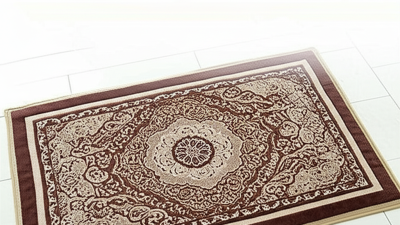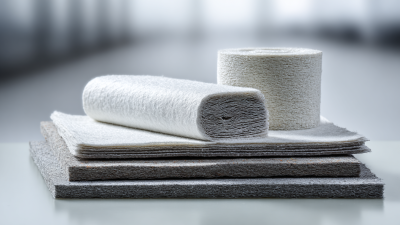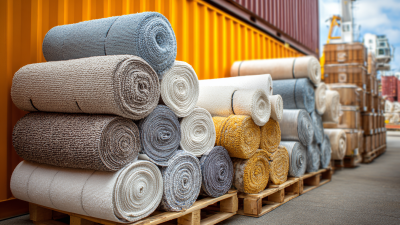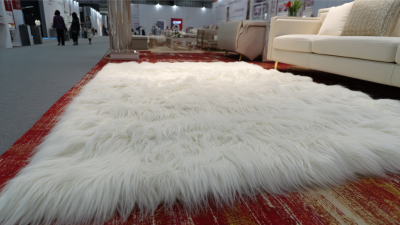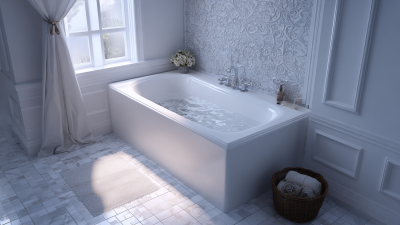When it comes to enhancing the aesthetic and functional aspects of your bathroom during a renovation, selecting the right mat for bathroom is a crucial decision. According to a recent industry report by the National Kitchen and Bath Association, over 80% of homeowners prioritize comfort and safety in their bathroom renovations, often resulting in the inclusion of high-quality mats to prevent slips and add warmth to the space. Furthermore, a survey conducted by Houzz revealed that nearly 70% of bathroom remodelers choose mats that complement their overall design scheme, showcasing the importance of aesthetics alongside practicality.
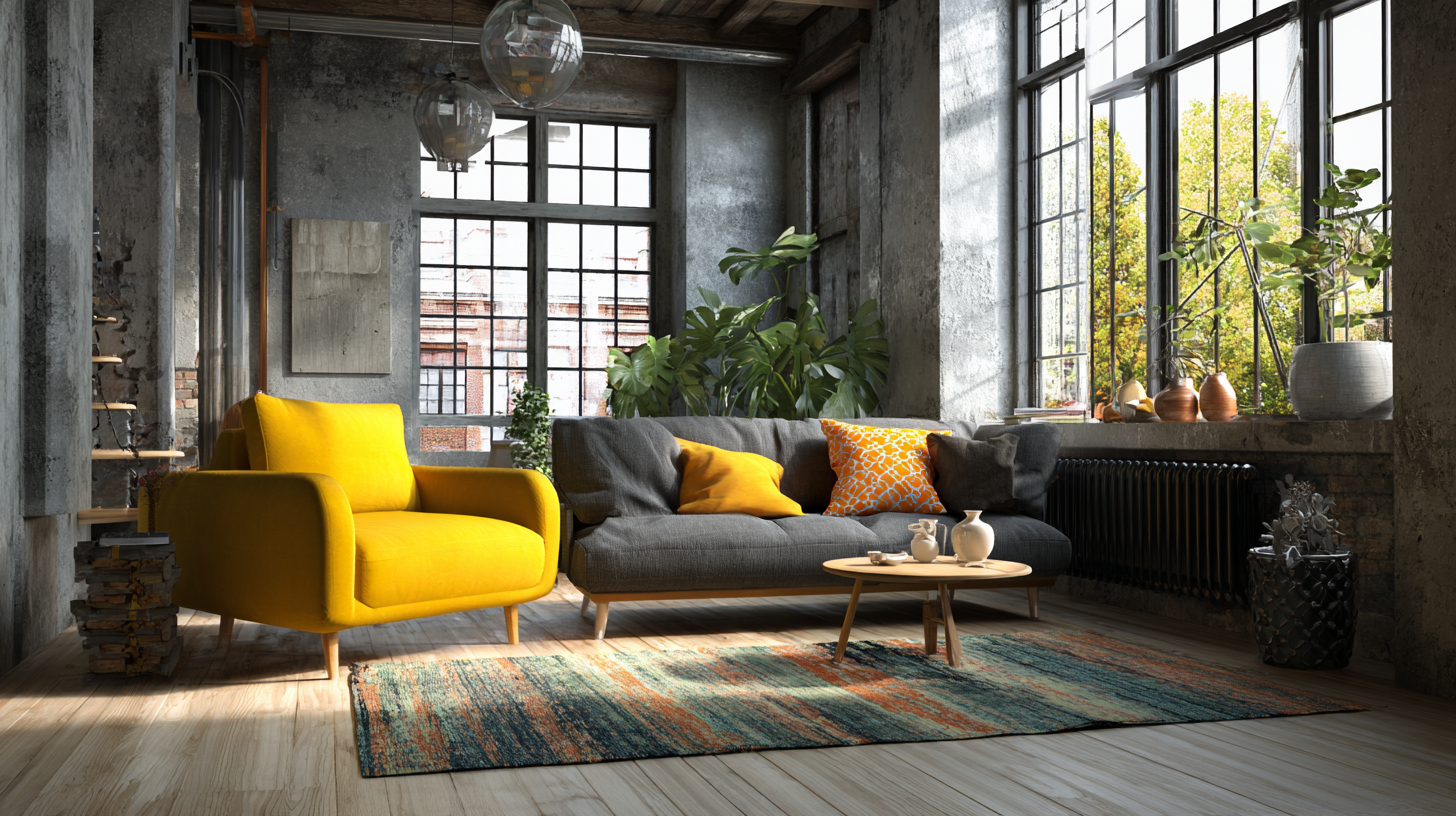
In this ultimate guide, we will explore the best types of mats available, considering factors such as material, size, and style, ensuring you make an informed choice that enhances both safety and beauty in your newly renovated bathroom.
When selecting the perfect mat for your bathroom, several key factors should be considered to ensure both functionality and aesthetics. First, think about material. Bathroom mats come in various materials like cotton, microfiber, and memory foam. Cotton is absorbent and easy to clean, while memory foam provides comfort underfoot, reducing fatigue after long showers. Choose a material that aligns with your needs for comfort and durability.
Tips for selecting the right mat include measuring your bathroom space accurately to ensure a perfect fit. A mat that is too small may not provide adequate coverage, while an oversized mat can clutter your layout. Additionally, consider the design and color that will complement your existing decor. Opt for colors that create a serene atmosphere, or vibrant patterns that add a splash of personality.
Another vital factor is slip resistance. Choose mats with non-slip backing to prevent accidents in the often wet bathroom environment. Look for mats that are machine washable for easy maintenance. This not only extends the life of your mat but also keeps your bathroom looking fresh and clean.
When it comes to bathroom renovations, selecting the right mat can significantly enhance both functionality and aesthetics. There are various types of bathroom mats, each offering unique benefits tailored to different needs. For instance, microfiber mats are known for their exceptional absorbency, capable of soaking up to seven times their weight in water, making them ideal for use in damp environments. According to a report by the Home Improvement Research Institute, 68% of homeowners prioritize water-absorbent materials in their bathroom design to prevent slips and maintain hygiene.

Another popular option is memory foam mats, which provide superior cushioning underfoot. They not only increase comfort during those early morning routines but also help relieve pressure on joints. A survey conducted by the National Kitchen and Bath Association found that 75% of homeowners prefer soft, plush materials for their bathroom spaces to create a spa-like experience. Lastly, rubber mats offer a slip-resistant surface, making them particularly beneficial for families with young children or elderly members. The demand for slip-resistant mats has surged by over 40% in recent years, highlighting a growing awareness of safety in bathroom design.
When renovating your bathroom, selecting the right mat involves understanding the material options available. Each material has its unique benefits that can enhance both comfort and style. For instance, cotton bath mats are popular for their softness and absorbency. They are machine washable, making them easy to maintain, which is ideal for the humid bathroom environment. However, they may need frequent washing to avoid mildew.
On the other hand, rubber mats provide excellent slip resistance, making them a safer choice, especially for families with children or elderly members. They can effectively drain water, and their durability means they withstand heavy foot traffic and moisture without deteriorating. When selecting rubber mats, opt for those with antimicrobial properties to prevent mold and bacteria growth.
**Tip:** Always consider the mat's size and shape in relation to your bathroom layout. A larger area rug can add a cozy feel, whereas smaller mats may work better in tighter spaces. Additionally, think about the color and design that will complement your bathroom's decor, enhancing its overall aesthetic without overwhelming the space.
When selecting a bathroom mat, it's essential to consider how it aligns with your overall aesthetic. A well-chosen mat can greatly enhance the visual appeal of your space, tying together your design elements. For instance, if your bathroom features a modern minimalist design, a sleek, solid-colored mat in neutral tones can complement the clean lines and uncluttered décor. On the other hand, if your space embraces a more eclectic or bohemian style, you might opt for a mat with vibrant patterns or textures that serve as a focal point.
Color coordination is another key factor in matching your bathroom mat to your aesthetic. Consider the existing color palette of your bathroom, including wall paint, tiles, and fixtures. A mat that harmonizes with these elements can create a cohesive and inviting atmosphere. For example, if your bathroom incorporates pastel hues, a softly patterned mat in complementary shades can enhance the calm vibe of the room. Conversely, a bold, contrasting mat can add a pop of excitement and interest, making a statement while still reflecting the overall style you've established.
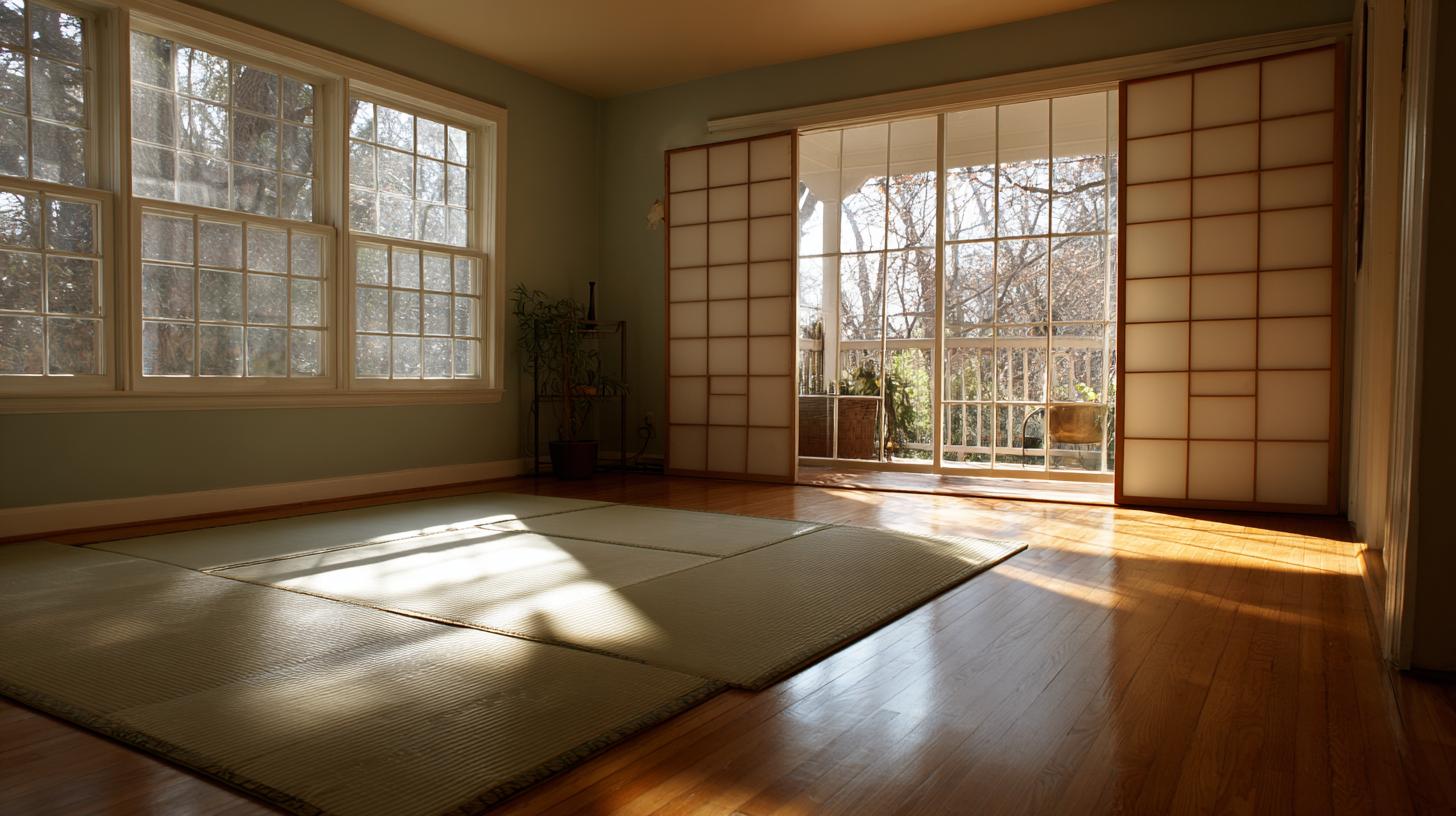
Keeping your bathroom mats fresh and clean is essential for maintaining a hygienic environment, especially given that studies show bathrooms can harbor up to 50 different types of bacteria, including E. coli and Salmonella. Regular maintenance not only prolongs the lifespan of your mats but also contributes to a healthier living space.
One effective tip is to wash your bathroom mats weekly if they are machine washable. The American Cleaning Institute recommends using hot water to eliminate dirt and bacteria effectively. Additionally, drying them thoroughly is crucial; damp mats can promote mold and mildew growth. For mats not suited for the washing machine, vacuuming regularly and spot-cleaning with a mild detergent can help prevent the buildup of grime.
To further enhance cleanliness, consider using a natural fabric refresher or essential oil spray after cleaning. This can help keep your mats smelling fresh between washes. Remember, investing in high-quality mats made from mold-resistant materials can significantly reduce maintenance efforts while ensuring your bathroom remains a safe and inviting space.
| Mat Type | Material | Maintenance Tips | Durability (Years) |
|---|---|---|---|
| Cotton Bath Mat | Cotton | Wash regularly; avoid fabric softeners. | 3-5 |
| Microfiber Mat | Microfiber | Shake out and machine wash cold. | 2-4 |
| Memory Foam Mat | Memory Foam | Spot clean; avoid excessive moisture. | 4-6 |
| Rubber Mat | Rubber | Rinse with water and mild detergent. | 5-10 |
| Synthetic Fiber Mat | Polyester/Nylon | Vacuum regularly; machine washable. | 3-7 |
